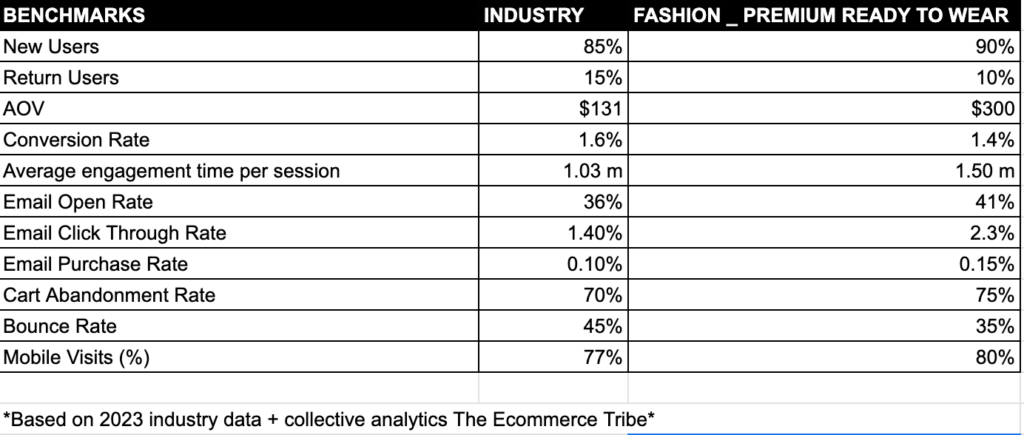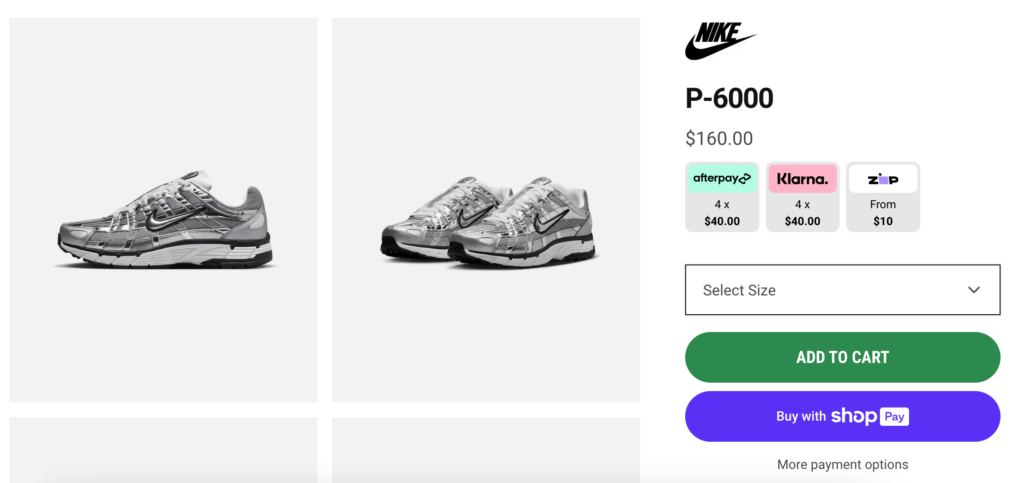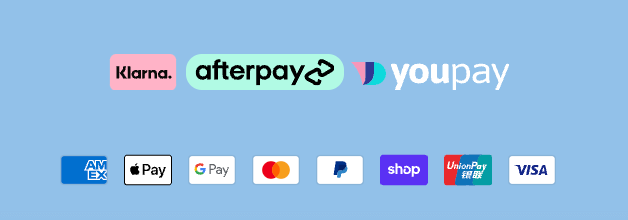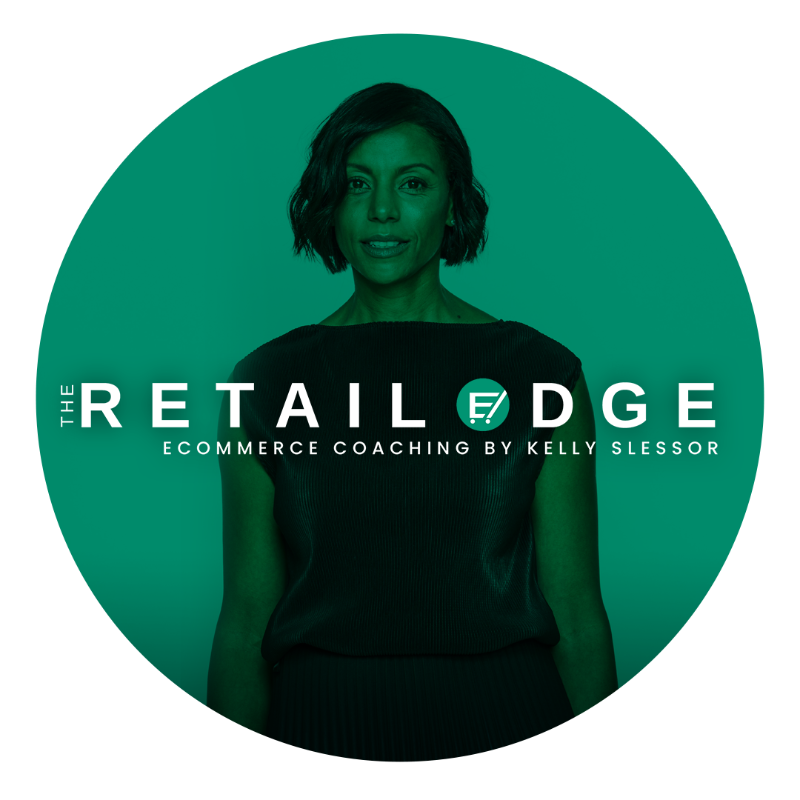In the bustling world of ecommerce, every click counts. But what truly separates a successful online store from the rest is its ability to convert those clicks into sales. That’s where the ecommerce conversion rate comes into play. In this article, we’ll delve deep into understanding the conversion rate for retailers and how you can optimise it to skyrocket your sales.
Understanding Ecommerce Conversion Rate
So, what exactly is the conversion rate? Simply put, it’s the percentage of website visitors who complete a desired action, whether it’s making a purchase, signing up for a newsletter, or filling out a form. For ecommerce, the focus is primarily on the percentage of visitors who make a purchase compared to the total number of visitors.
Why Does This Matters
The conversion rate is vital because it directly impacts your bottom line. A higher conversion rate means more sales and revenue for your business. It’s not just about driving traffic to your site; it’s about turning that traffic into paying customers.
Average Ecommerce Conversion Rate for Retailers
The average ecommerce conversion rate for retailers can vary significantly depending on various factors such as industry, target audience, and product offering. However, as a benchmark, the average conversion rate for ecommerce retailers typically falls between 2% to 3%. This means that out of every 100 visitors to an online store, around 2 to 3 of them make a purchase.
Factors such as the quality of website traffic, the effectiveness of marketing strategies, and the user experience on the website can all influence the conversion rate. It’s essential for retailers to continuously monitor and optimise their conversion rates to stay competitive in the online marketplace.
Understanding the industry standards for conversion rates can help retailers gauge their performance and identify areas for improvement. By implementing strategic measures to enhance the user experience, optimise product offerings, and refine marketing tactics, retailers can work towards achieving and even surpassing the average conversion rates in their industry.

Factors Affecting Ecommerce Conversion Rate
Several factors can influence your ecommerce conversion rate, and understanding them is crucial for optimising your online store.
Website Design
Your website’s design significantly shapes the user experience and, consequently, the conversion rate. A cluttered or confusing layout can deter visitors from completing their purchase.
Checkout Process
The checkout process should be streamlined and hassle-free to minimise cart abandonment. Long and complicated forms can lead to frustration and lost sales.
Product Descriptions
Compelling product descriptions can persuade potential customers to make a purchase. Engagingly highlighting key features and benefits can make all the difference.
High-Quality Images
Visuals are powerful tools in ecommerce. High-quality images that showcase your products from various angles can instil confidence in potential buyers.
Trust Signals
Building trust is essential for converting visitors into customers. Trust signals such as customer reviews, security badges, and clear return policies can help alleviate any concerns and encourage purchases.
Incentives
Offering incentives like discounts, free shipping, or limited-time offers can provide the extra push needed to convert hesitant shoppers.
Mobile Optimisation
With approx 70% of customers using their mobile devices for online shopping, optimising your website for mobile users is no longer optional. A seamless mobile experience is critical for maximising conversions.
A/B Testing
Experimenting with different elements on your website, such as headlines, call-to-action buttons, or pricing, through A/B testing can help identify what resonates best with your audience.
How to Increase Your Ecommerce Conversion Rate
Optimising Website Design
Your website’s design is visitors’ first impression of your brand, so it’s essential to make it count. Keep it clean, organised, and visually appealing. Use clear navigation menus and prominent calls to action to guide users through the buying process.
Streamlining Checkout Process
The checkout process should be as simple and straightforward as possible. Minimise the number of steps required to complete a purchase and offer guest checkout options for users who don’t want to create an account. The checkout experience should be between 1 – 3 clicks to complete the order.
Think of implementing Shop Pay, a streamlined and secure payment solution offered by Shopify, designed to simplify customers’ checkout process and increase online store conversion rates.

Leveraging Product Descriptions
Your product descriptions should be descriptive yet concise. Focus on highlighting each product’s unique features and benefits and use the customer’s voice to resonate with their needs and wants.
Utilising High-Quality Images
Invest in professional product photography to showcase your products in the best possible light. Use high-resolution images that allow customers to zoom in and examine the details. You can use stock images from Unsplash or create pictures using AI platforms like Midjourney, Dall-E or ChatGPT.

Implementing Trust Signals
Display customer reviews and testimonials prominently on your website to build trust with potential buyers. Include trust badges and security seals to reassure customers that their personal information is safe.


Offering Incentives
Entice customers with special offers and promotions, such as discounts on first purchases or free shipping for orders over a certain amount. Limited-time offers create a sense of urgency and encourage impulse buys.
Optimising for Mobile Users
Ensure your website is fully responsive and optimised for mobile devices. Test it on various screen sizes and devices to ensure a seamless user experience across all platforms.
Utilising A/B Testing
Experiment with different elements of your website, such as headlines, images, and calls to action, to see what resonates best with your audience. Use A/B testing tools to track and analyse the results.
Monitoring and Analysing Data
Track key metrics such as conversion rate, bounce rate, and average order value regularly. Analyse the data to identify trends and opportunities for improvement and make data-driven decisions to optimise your ecommerce conversion rate.
Addressing Cart Abandonment
Cart abandonment is a common issue for ecommerce stores, but there are several strategies you can use to reduce it. Offer incentives such as free shipping or discounts to encourage customers to complete their purchase, and set up an abandonment cart series to remind them about items left in their cart.
Building Customer Relationships
Focus on building long-term customer relationships by providing exceptional customer service and personalised experiences. Engage with them on social media, promptly respond to their feedback and inquiries, and reward their loyalty with exclusive offers and discounts.
Optimising your ecommerce conversion rate is essential for driving sales and revenue for your online store. By understanding the factors that influence conversion rate and implementing strategic tactics to optimise your website and marketing efforts, you can maximise your chances of success in the competitive world of ecommerce.
FAQs
average ecommerce
conversion
rate?
my ecommerce
conversion rate?
it take to see results
after implementing
conversion rate
optimisation
strategies?
average ecommerce
conversion
rate?
An average ecommerce conversion rate varies depending on the industry, but anything above 2% is generally considered decent. However, continually strive to improve your conversion rate over time.
my ecommerce
conversion rate?
You can track your conversion rate using web analytics tools like Google Analytics. Set up goals to track specific actions, such as purchases or sign-ups, and monitor your conversion rate regularly.
it take to see results
after implementing
conversion rate
optimisation
strategies?
The timeline for seeing results from conversion rate optimisation strategies can vary based on factors like the complexity of changes made, the volume of website traffic, and the industry. Generally, you may start noticing improvements within a few weeks to a few months after implementation. However, continuous monitoring and adjustment are necessary for sustained success.
Do you need help to boost your ecommerce conversion rate? Book a website review with Kelly today!
BIO
Kelly Slessor, is an Ecommerce Coach and a digital marketing expert. Passionate about retail, hospitality and retail service providers. As the founder and CEO of Shop You, an AI powered personalised virtual shopping mall she has spent 20 years building retail technology that responds to customer needs, drives conversions and increases revenue. Over the past year she has worked with over 1000 retailers and hospitality providers. If you want discover more about digital growth and optimisation, work with me.







